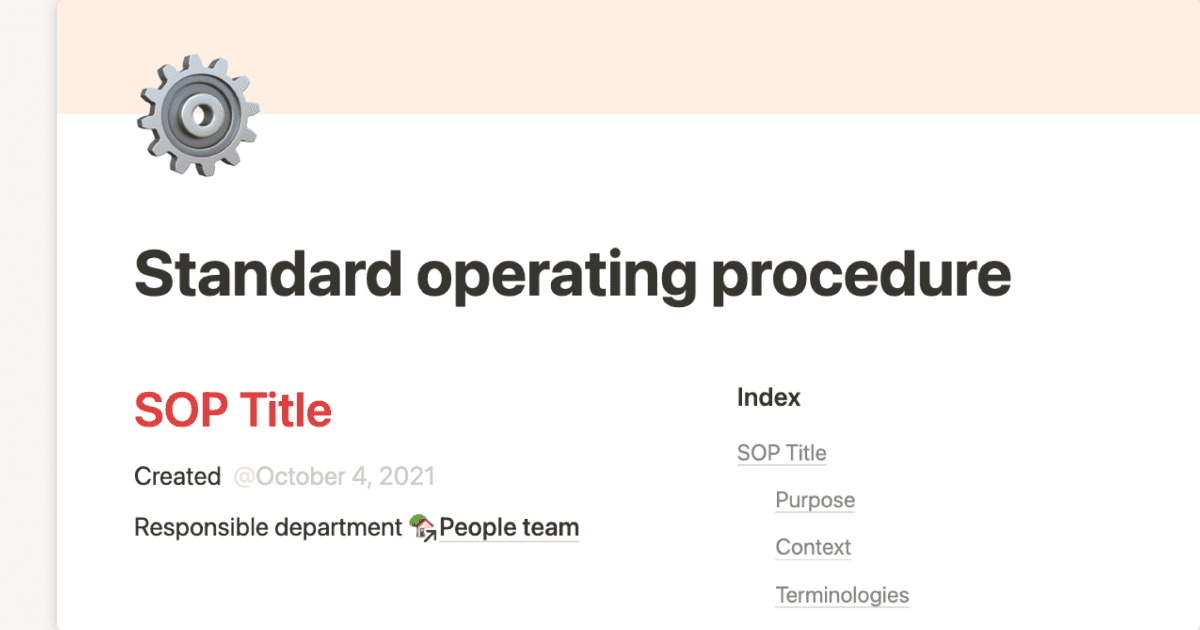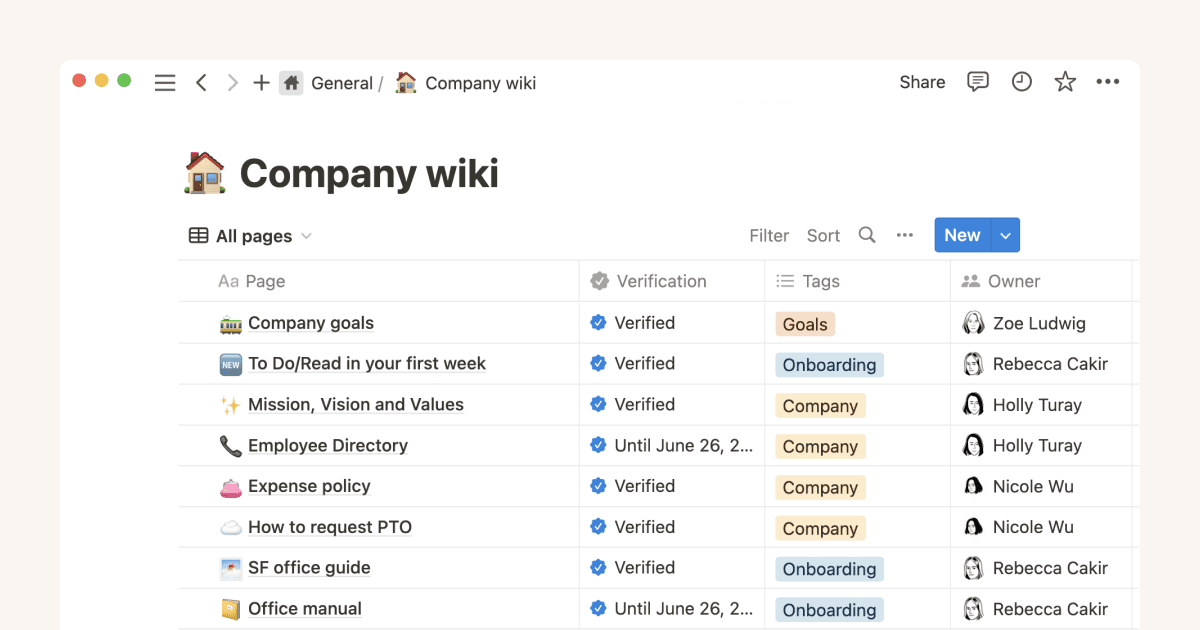More by SOPs
More like this
Related content

For Teams
The SOP template your startup needs
Standard operating procedures (SOPs) don’t have to be painful to maintain or systematize. Having an SOP template in place will set your startup up for success. With an SOP template to start with, standard guidelines, and rigorous taxonomy, SOPs can become the resource they’re intended to be instead of a pain.
Nate Martins
Marketing






